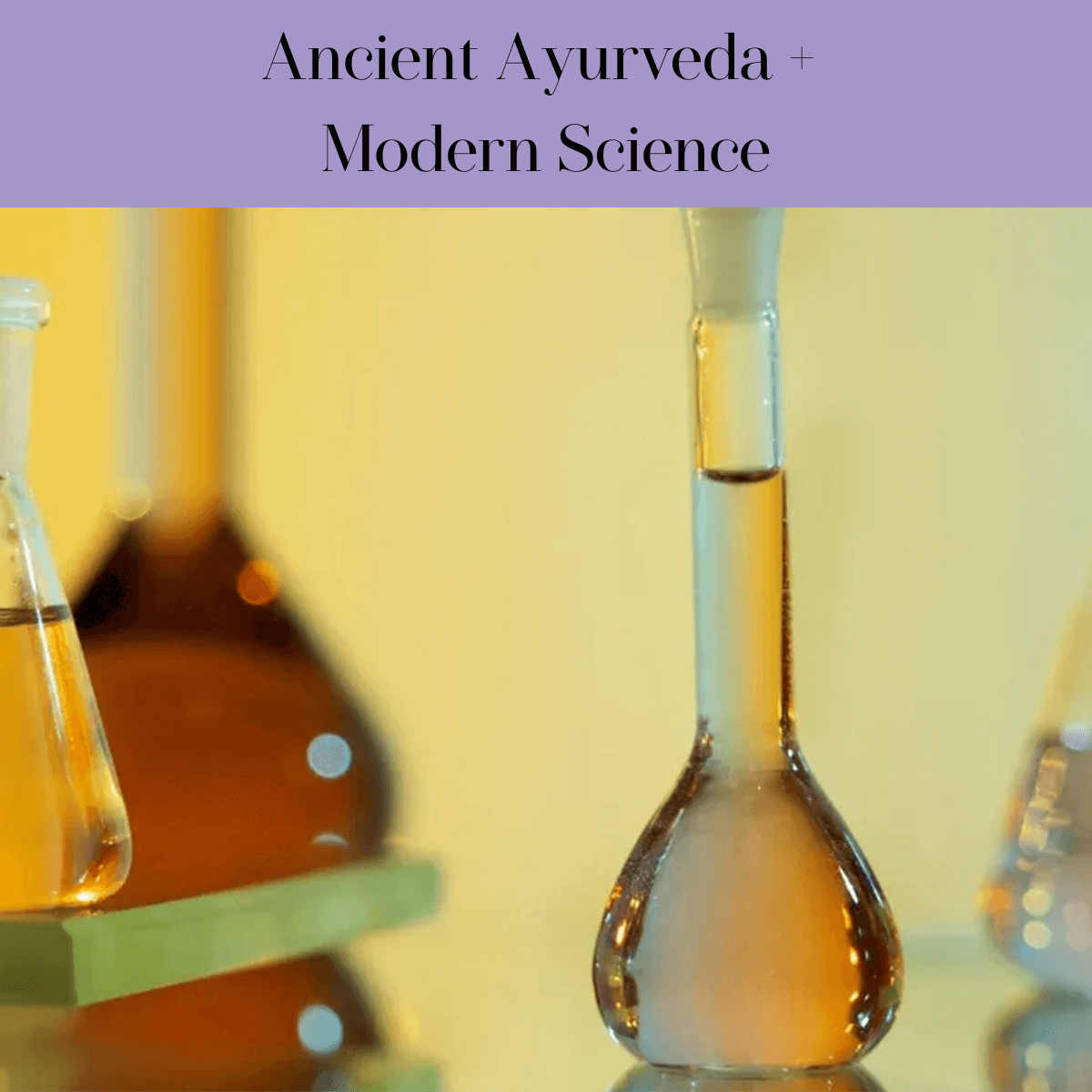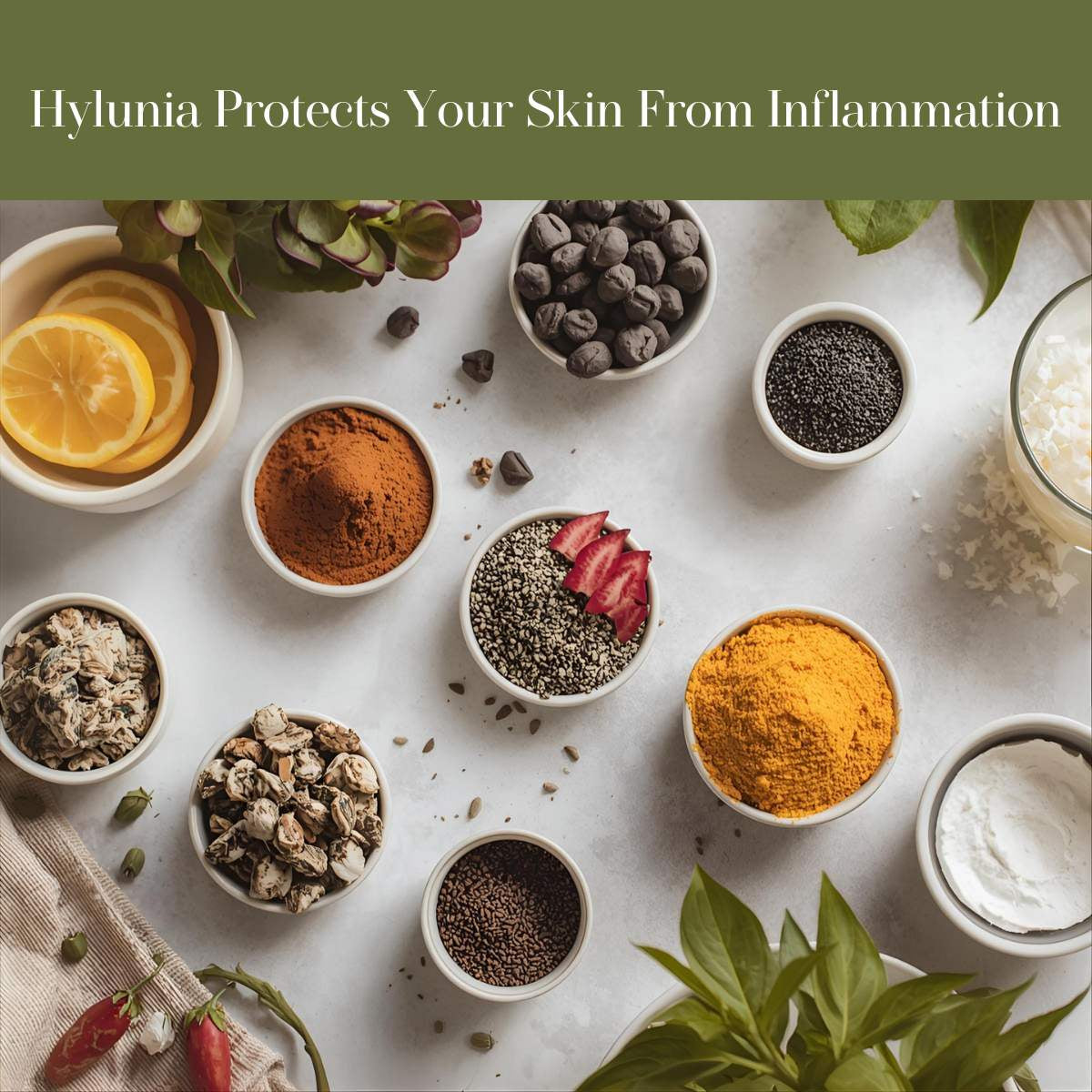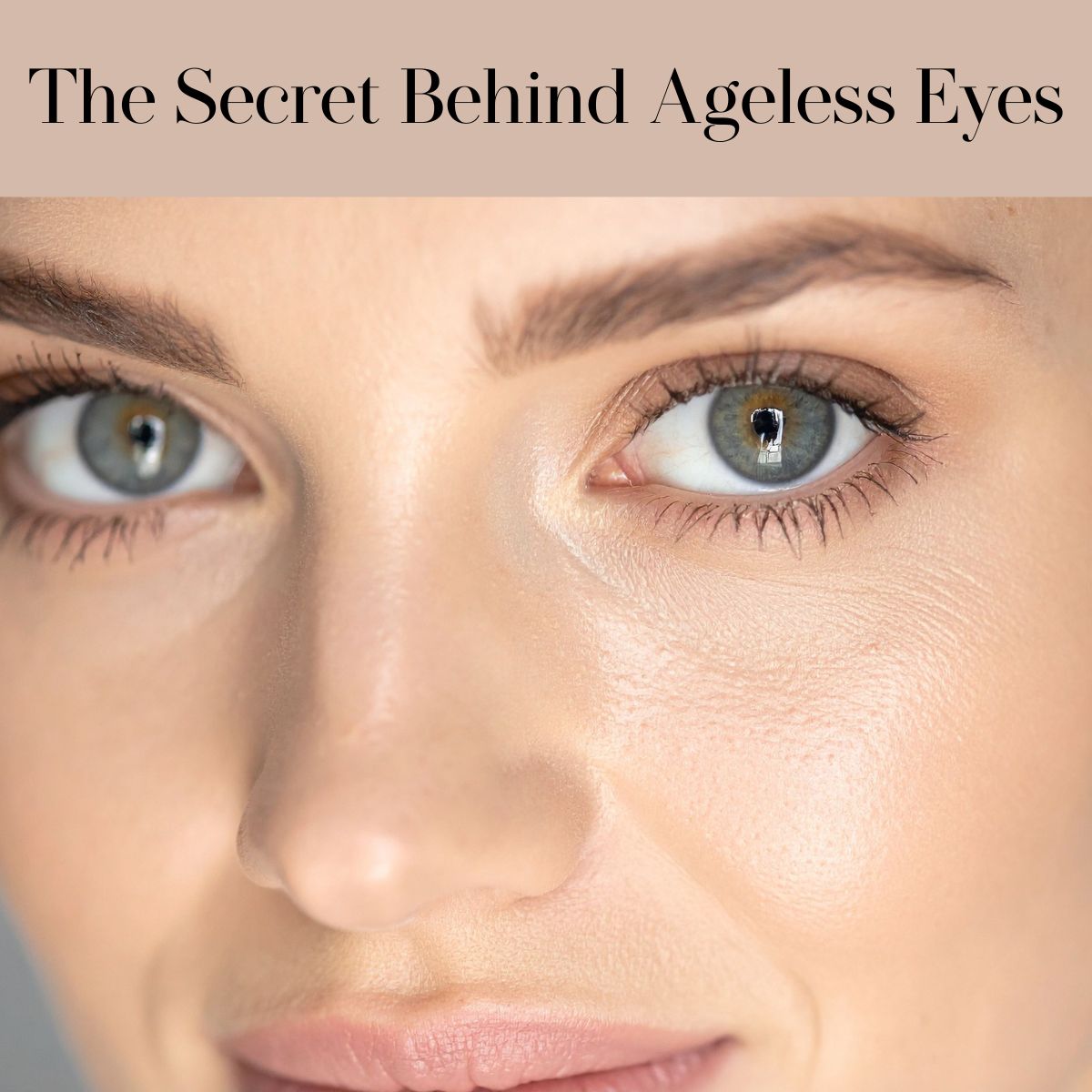
Ancient Ayurveda + Modern Science: Not Just a Tag Line
Hylunia SkincareIntroduction
In a saturated skincare market where every brand promises youthful radiance, anti-aging miracles, and flawless skin, it's easy to overlook the difference between marketing fluff and meaningful formulation. Most skincare brands today operate on borrowed credibility. Glossy campaigns and influencer endorsements mask a hollow truth: many of these companies are little more than branding agencies with outsourced labs, racing to meet the minimum standards set by regulatory bodies. For them, skincare is a business.
For Hylunia, it’s a mission.
At the heart of Hylunia is a commitment that runs deeper than skin. A mission rooted in dermatological science and ancient Ayurvedic wisdom. A formulation philosophy guided by the pioneering work of Dr. Brian Jegasothy, a world-renowned dermatologist, scientist, and co-founder of Hylunia. When we say “Hylunia is formulated to prevent the causes of aging,” it’s not just a tag line—it’s the blueprint.
The Skincare Industry's Achilles Heel: Lack of Foundational Science
Walk down any skincare aisle or browse any beauty website and you’ll notice a pattern: the latest “it” ingredient is front and center. One year it’s hyaluronic acid. The next, it’s niacinamide or peptides. Brands build entire product lines around a single buzzword ingredient, expecting it to serve as a universal solution to every skin concern.
This “silver bullet” mentality—hoping one active will solve all—is not only flawed but fundamentally unscientific.
Why? Because aging and skin health are not caused by a single factor. They are multifactorial, dynamic, and systemic processes. Yet most skincare companies do not formulate with any aging theory in mind. Their goal is not necessarily to understand skin biology but to ride the next wave of market trends.
In contrast, Hylunia was created with the express purpose of addressing the root causes of aging, inflammation, and skin imbalance—through the lens of science.
A Legacy of Science: Dr. Brian Jegasothy’s Aging Theory
Dr. Brian Jegasothy was not only a practicing dermatologist but also a researcher and innovator. Early in his career, he asked a bold question: Can we design skincare that works in harmony with the skin’s own defense and repair systems?
What followed was groundbreaking work on inflammation, oxidative stress, and skin barrier function—long before these became skincare buzzwords.
Dr. Jegasothy proposed a theory of aging based on chronic inflammation at the cellular level, also known today as “inflammaging.” He believed that inflammation is the root cause of most skin issues—from acne and hyperpigmentation to wrinkles and sensitivity.
This theory became the foundation for every Hylunia product.
Rather than chase after fleeting ingredient fads, Hylunia products are designed to prevent the causes of aging, not just treat the symptoms. That means soothing inflammation, neutralizing free radicals, hydrating deeply, and supporting the skin’s innate ability to heal and renew.
More Than a Label: The Ayurveda + Science Connection
Ayurveda, the 5,000-year-old system of medicine from India, is not a trend. It’s a time-tested science that has endured for millennia because it works. Passed down through generations, it has guided healing in ways modern medicine is only now beginning to understand. And at its core lies a powerful, preventive philosophy—one that aligns seamlessly with Dr. Jegasothy’s scientific approach.
Ayurveda is founded on the idea of preventing and minimizing inflammation—not through suppression, but by bringing the body back into balance. It teaches that disease and aging arise when we fall out of sync with nature’s rhythms—especially the body’s circadian clock. This ancient science advocates lifestyle practices, dietary habits, and botanical therapies that align with the body's natural cycles to restore harmony and health.
Dr. Lingam, Hylunia’s co-founder, carries this Ayurvedic wisdom in his blood. He comes from a long line of Ayurvedic physicians from Sri Lanka. But his journey didn’t stop there. With a passion for science and chemistry, he went on to study in the United Kingdom and later became a rocket scientist—working on rocket fuels for the Tomahawk missile program in the United States.
This rare combination of ancient knowledge and advanced scientific training uniquely positioned Dr. Lingam to reimagine skincare—not as a superficial solution, but as a functional, preventive system grounded in both Ayurvedic principles and biochemical precision.
Together, Dr. Lingam and Dr. Jegasothy merged two powerful worldviews: Ayurveda’s holistic prevention + Modern dermatology’s cellular science.
The result? Skincare that doesn’t just react to aging—it understands, anticipates, and prevents it.
Dr. Brian Jegasothy: A Legacy Beyond Dermatology
Brian V. Jegasothy (born March 3, 1943, in Colombo, Sri Lanka) was a dermatologist and visiting professor at over 50 universities and clinics. He served as the Chairman of the Department of Dermatology at the University of Pittsburgh from 1987 to 1999.
Dr. Jegasothy was instrumental in developing improved treatments for cutaneous T-cell lymphoma, a rare type of skin cancer. Along with his colleagues at Yale University, he helped establish the standard photopheresis technique now widely used to treat serious cases of this disease.
His contributions to dermatological science extended beyond cancer. He conducted pioneering work in immunobullous diseases—conditions in which the immune system attacks the skin, leading to blistering and tissue loss.
He also played a key role in the development of a topical form of FK506, an anti-rejection drug originally designed for organ transplant recipients. This topical application has since been used to treat conditions like psoriasis and post-transplant rashes.
Outside the lab and clinic, Dr. Jegasothy founded the Asian Indian Christian Church of Pittsburgh, a community that brings together individuals from Indian, Sri Lankan, Pakistani, and Bangladeshi backgrounds in the region.




